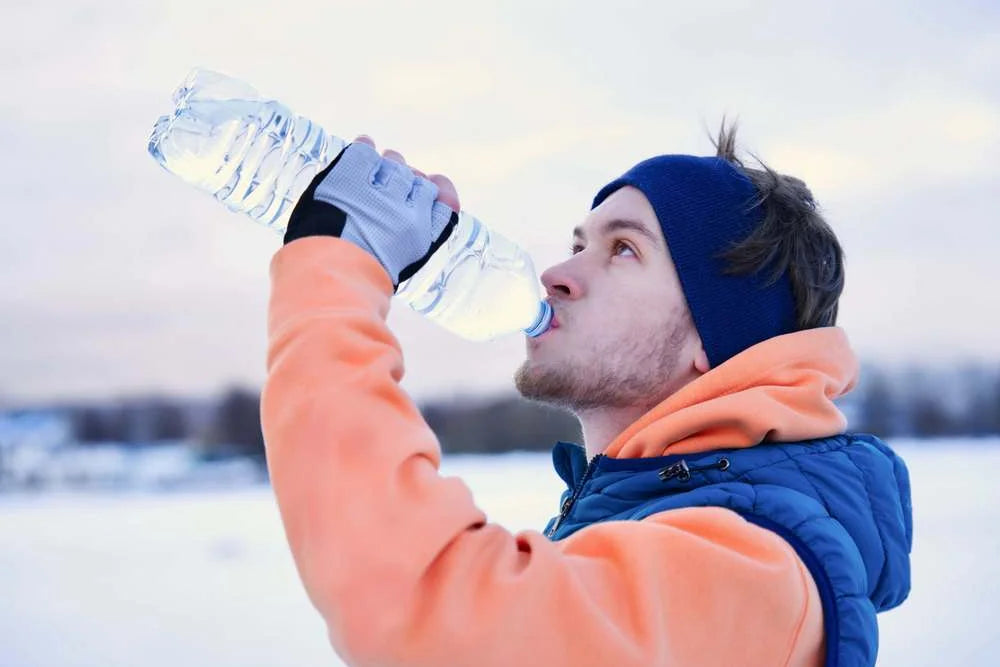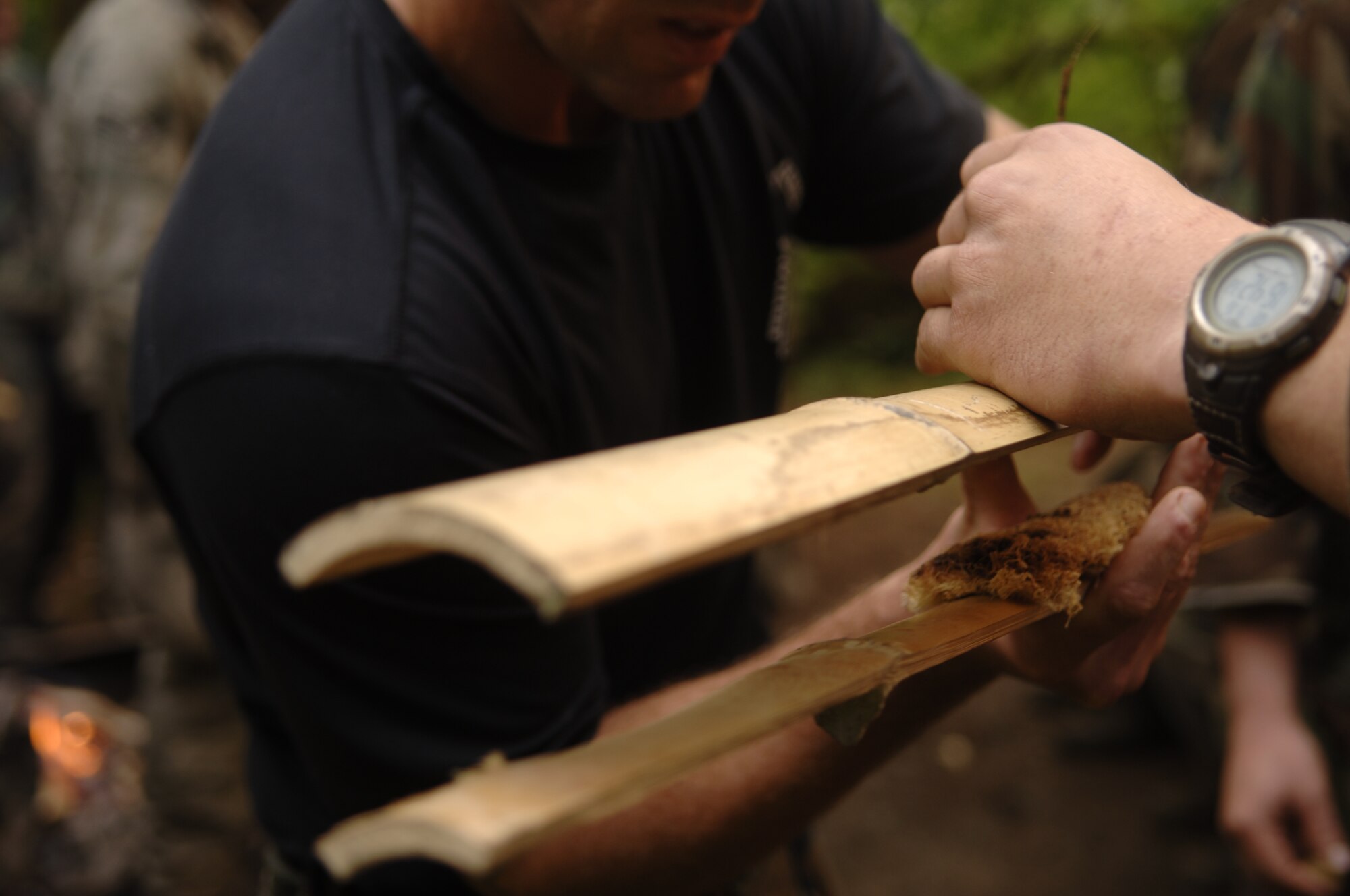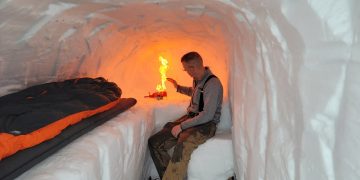Fieldcraft is an essential set of survival, navigation, and tactical skills used by soldiers, hunters, adventurers, and survivalists. Yet, in the realm of fieldcraft, there are numerous myths that circulate, often leading to poor decision-making in critical situations. These myths not only undermine the effectiveness of those who follow them but can also be life-threatening. In this article, we will explore the most dangerous fieldcraft myths you need to avoid, helping you to make smarter decisions and improve your outdoor survival and tactical skills.
1. Myth #1: You Can Always Rely on a Map and Compass
Reality: While a map and compass are invaluable tools, they are not foolproof. In reality, poor weather conditions, a lack of landmarks, or even an incorrect reading of the compass can lead to disorientation. Over-reliance on these tools can put you at risk of getting lost or walking in circles.
Why It’s Dangerous: Maps and compasses can be inaccurate, especially when weather conditions are poor or your position is unclear. A wet compass can malfunction, and magnetic interference can distort readings. Furthermore, if you don’t know how to properly read the map, you can easily misinterpret terrain features or distances, leading to wrong decisions.
What You Should Do: Fieldcraft demands adaptability. Instead of blindly relying on maps and compasses, you should also train in natural navigation techniques, like observing the sun, the stars, and local geography. Always carry additional tools like a GPS, but understand that technological devices can fail as well. Situational awareness is your best backup plan.
2. Myth #2: You Can’t Build a Shelter in Wet or Rainy Conditions
Reality: A shelter can be built in almost any weather, including rain. While wet conditions make building a shelter more challenging, they don’t make it impossible. The key is knowing which materials to use and how to keep yourself dry and protected from the elements.
Why It’s Dangerous: Thinking that you can’t build a shelter in the rain might leave you exposed to hypothermia and other weather-related dangers. It may also cause you to waste precious time or energy trying to find a “better” location rather than simply adapting to the environment.
What You Should Do: Build a shelter with an emphasis on staying dry. Use tarps, rain ponchos, or even branches to create a waterproof roof. Try to find higher ground to avoid water runoff. Learn to spot natural shelters like caves, dense tree cover, or windbreaks. But remember, a well-constructed shelter in the rain is more effective than waiting for the weather to improve.
3. Myth #3: You Should Always Stay Put When Lost

Reality: While staying put is sometimes good advice (especially if you’re in a high-traffic area or if you’ve notified someone of your location), it’s not always the best course of action. In some situations, staying put can be a death sentence, especially if you’re in an area where searchers are unlikely to find you, or if your position is dangerous.
Why It’s Dangerous: If you’ve been lost for too long or if your situation is dire (e.g., you’re running out of food or water), staying in one place can lead to despair and death. Rescue teams may not be able to locate you, especially if your signal is weak or if you’re not in a high-traffic zone.
What You Should Do: Learn when to move and when to stay. If you are confident that help is on the way, staying put makes sense. But if your supplies are low, the area is unsafe, or the conditions are worsening, it’s better to attempt to find a safe route out. Survival training teaches you how to assess when it’s time to move based on your environment and the situation.
4. Myth #4: Eating Snow Is a Good Way to Hydrate
Reality: Eating snow in a survival situation can be dangerous, as it lowers your body temperature and dehydrates you in the long run. While it may seem like an easy way to get water, eating snow directly can cause your body to burn more calories to melt it, leading to further dehydration.
Why It’s Dangerous: In extreme cold, eating snow can cause your core temperature to drop, leading to hypothermia. Additionally, because snow is made up of frozen water, it can increase your body’s need for energy to convert it into liquid form, using up precious calories.
What You Should Do: Instead of eating snow, melt it first. The best method is to use a container (like a metal pot or canteen) to melt the snow over a fire, and then drink the liquid. If you’re desperate, place snow inside a cloth or plastic bag and allow it to melt naturally in your backpack or jacket. This way, you won’t risk dropping your core temperature.
5. Myth #5: You Don’t Need to Worry About Dehydration in Cold Weather
Reality: Dehydration is just as dangerous in cold weather as it is in hot weather, and it’s often overlooked in cold environments. In fact, the cold can cause you to become dehydrated even more quickly because people tend to drink less water in colder conditions, and sweat can still occur unnoticed.
Why It’s Dangerous: When you’re exposed to cold temperatures, your body loses moisture through breathing, and the dry air accelerates the loss of fluids. Without proper hydration, your physical and mental performance will deteriorate rapidly. Lack of hydration in cold weather can also increase the risk of frostbite and hypothermia.
What You Should Do: Stay mindful of your hydration needs, even when the temperature drops. Make sure to drink plenty of water, especially if you are exerting yourself. Use insulated water bottles to prevent your water from freezing. And remember that just because you don’t feel thirsty doesn’t mean you don’t need water.
6. Myth #6: You Can Always Start a Fire with a Lighter
Reality: Lighters are extremely useful in fieldcraft, but they are not foolproof. Lighters can break, run out of fuel, or be ineffective in wet conditions. Expecting them to always work in any situation can be a fatal mistake.

Why It’s Dangerous: Lighters are one of the easiest tools to use for starting a fire, but relying on them exclusively can lead to dangerous situations if they fail. Cold, wet, or windy conditions can quickly make a lighter ineffective, leaving you without a reliable means to warm up, cook, or signal for help.
What You Should Do: Always carry multiple fire-starting tools. Waterproof matches, firesteel, or magnesium fire starters are excellent backups to lighters. Learn how to start a fire using natural materials like dry leaves, birch bark, and cotton balls. Never put all your eggs in one basket when it comes to fire-starting.
7. Myth #7: You Should Eat Wild Plants Without Any Caution
Reality: While some wild plants are edible, many are toxic. Assuming that all plants are safe to eat is a dangerous myth that could lead to poisoning. Some plants, such as the deadly water hemlock or certain mushrooms, look deceptively similar to edible varieties.
Why It’s Dangerous: Consuming the wrong plant can cause severe gastrointestinal issues, hallucinations, or even death. Many edible plants require preparation or must be consumed in moderation, and others are only edible when cooked or processed in specific ways.
What You Should Do: Learn to properly identify wild plants before consuming them. Take courses on wild plant identification or consult comprehensive guides. When in doubt, avoid eating wild plants unless you are absolutely certain of their safety. Always test plants in small amounts and avoid consuming anything you’re unsure of.
8. Myth #8: You Can’t Survive Without a Knife
Reality: While a knife is a very useful tool in the field, it’s not a survival necessity in every situation. Depending on the environment and your skills, you might be able to make do with other tools or even your surroundings.
Why It’s Dangerous: Relying too heavily on a knife might cause you to neglect other important skills, such as fire-starting, foraging, or shelter-building. Additionally, it’s easy to lose or damage a knife, and if that’s your only tool, it could become a serious disadvantage.
What You Should Do: While a knife is an excellent tool, make sure you are proficient in other methods of survival. Consider carrying multi-tools or learning to craft basic tools from natural materials. Adapt your gear to your environment, and remember that in many survival situations, ingenuity is more valuable than a single piece of equipment.
Conclusion
Fieldcraft is about survival, adaptability, and the ability to make quick decisions under pressure. The most dangerous fieldcraft myths revolve around over-reliance on tools, misunderstandings about survival tactics, and failure to adapt to changing conditions. By avoiding these myths and gaining a deeper understanding of survival skills, you increase your chances of thriving in the wild.























